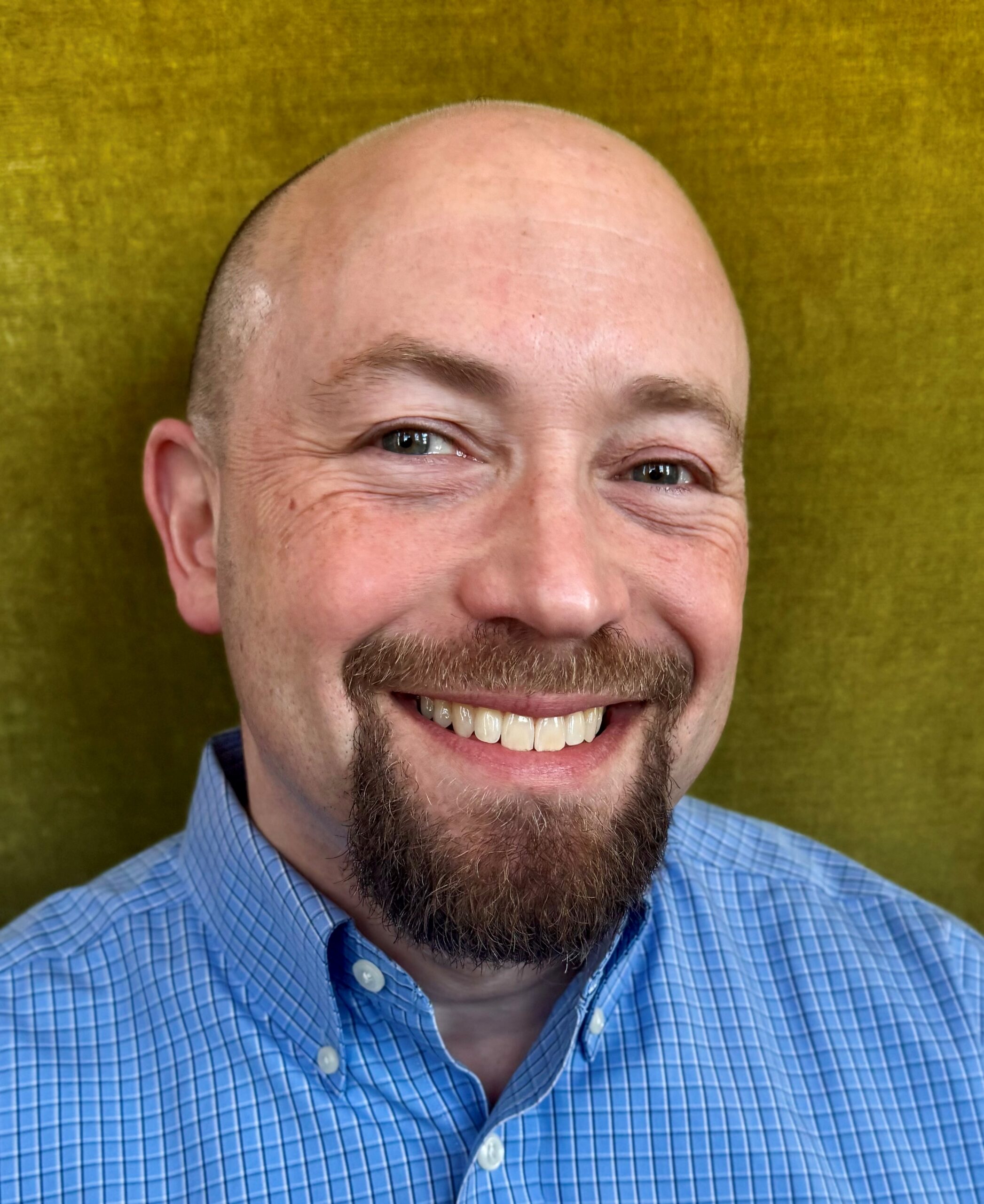
CQE PI Feature – Jamie Kerman
Featured in QSEC May newsletter 2025
From an early age, Jamie Kerman wanted to be anything but a physicist. Perhaps an architect, a writer, a musician, psychologist, astronaut? As a physics and math student in high school, he showed a clear aptitude, but was apparently somewhat lacking in enthusiasm: his former physics teacher remembered him in some part for falling asleep in class. It was not until he was an undergraduate at a small liberal arts college (which he chose to attend in the hope of being a writer) that his trajectory began to bend towards physics. Fortunately for him, that small liberal-arts-focused college happened also to have a small but outstanding physics department, where excellence in teaching was prioritized. Kerman traces the beginning of his love of physics directly to those excellent professors, and to his first encounter with quantum mechanics under their guidance.
After completing doctoral work in 2002 under Steven Chu exploring the physics of ultracold atomic collisions, and postdoctoral research at Yale and MIT, Kerman found himself at the threshold of a career in academia. Seeking a research environment with more potential for real-world impact, however, he instead accepted a technical staff position at MIT Lincoln Laboratory in 2004 with the Optical Communications Technology Group. Over the following 10 years, he worked on superconducting detector technology for high-speed, high-sensitivity optical communications, culminating in the development of the ground-based detector system for NASA’s Lunar Lasercom Demonstration in 2013, which enabled Gigabit/s-class optical downlink transmission from a satellite in lunar orbit.
During this same period, Kerman encountered his graduate school friend and contemporary Will Oliver, also at the time an MIT-LL staff member, who was then in the process of building up a new capability to fabricate superconducting quantum circuits, as part of what was then called the Analog Device Technology Group. In 2005, the two began a collaboration that continued in various forms for nearly 15 years, with Kerman working exclusively on design, theory, and simulation of these devices, and their application to quantum information processing. This technology has been the subject of much of his research ever since.
In recent years, his area of greatest interest is quantum optimization: the use of quantum resources to solve classical optimization problems. Unlike quantum computing, which has a theoretically-proven computational advantage (albeit under some highly-restrictive physical assumptions), the potential computational power of quantum resources in a classical optimization context is still virtually unknown. Conversely, while quantum computation has only a small number of known applications, classical optimization problems underly nearly every large-scale human endeavor, from managing transportation, communication, and power transmission networks to planning deep space exploration missions. Therefore, any computational resource which can provide an advantage over even a modest subset of classical optimization problems could have enormous practical impact. Kerman has worked on developing new component technologies for quantum optimization based on superconducting circuits, and more recently on a new class of quantum optimization algorithm that may be a step towards a provable advantage over classical methods.
In addition to his quantum optimization research, Kerman is also developing simulation methodologies and software tools for describing realistic dynamics and noise processes in general, complex superconducting quantum circuits. The ultimate goals of this work are 1) to support the understanding and predictive design of larger and more complex circuits for a wider range of applications, and 2) to explore the boundaries of quantum fault-tolerance in gate-model quantum computing.
When not at work, Kerman enjoys spending time with his wife, teenaged son, and two fluffy welsh corgis. He is also avid reader of history, and a long-time student of Daoist philosophy and internal martial arts.




Copyright © 2022-2023 MIT Center for Quantum Engineering – all rights reserved – Accessibility


